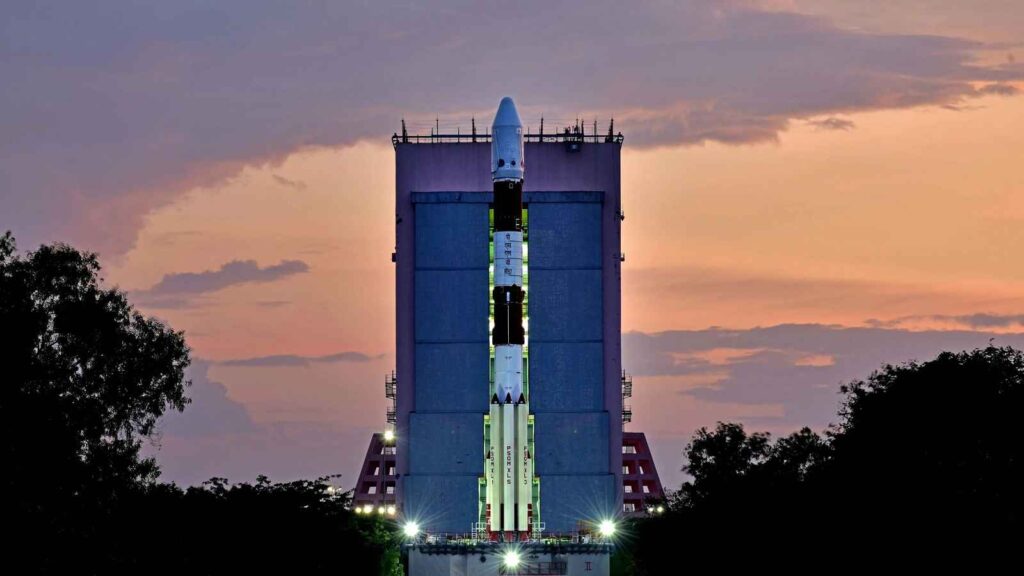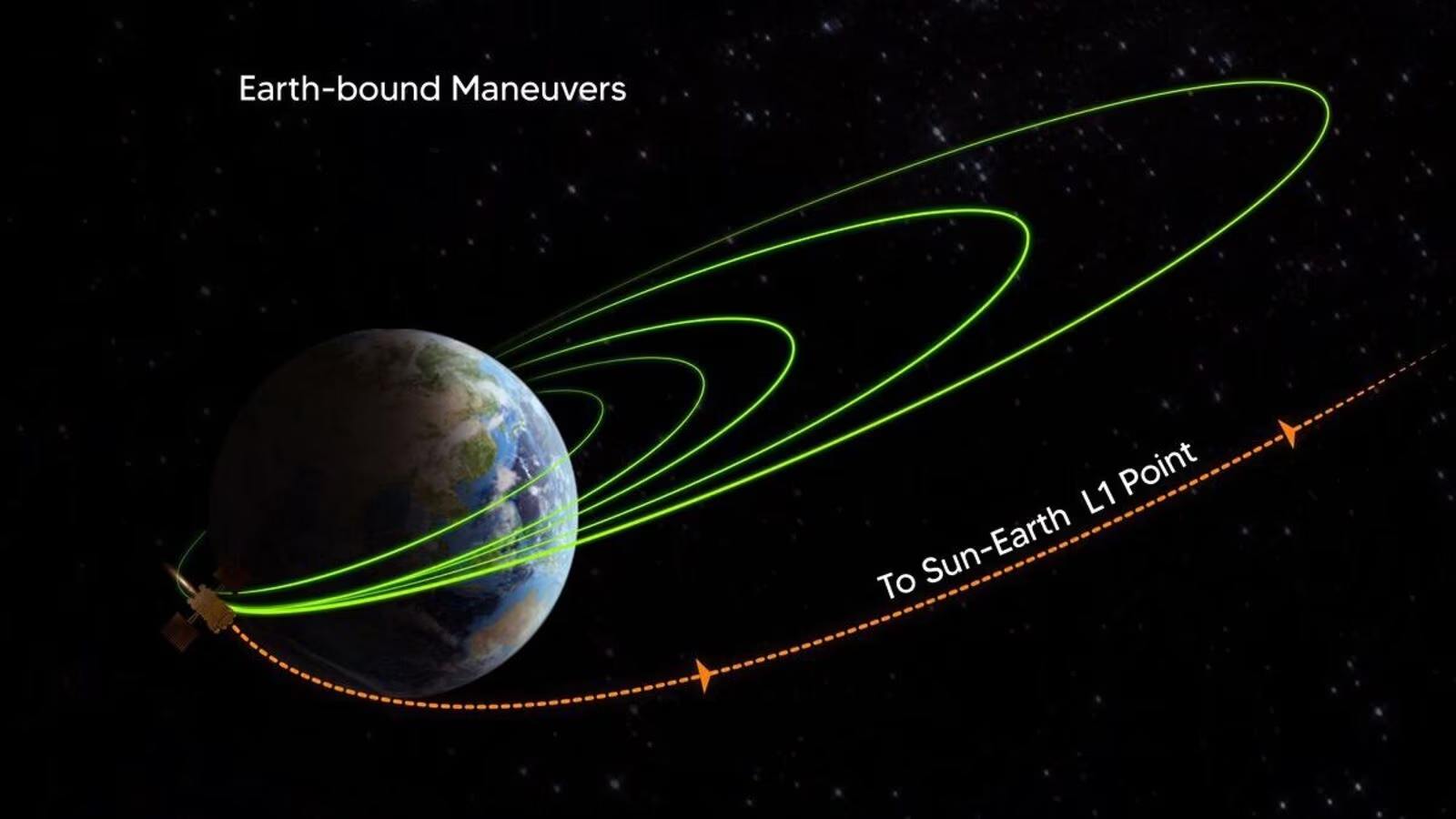The Aditya-L1 mission, India’s first initiative to study the Sun, has successfully reached its station at the Sun-Earth Lagrangian point L1. Launched on September 2, 2023, the spacecraft arrived at its target halo orbit around L1 on January 6, 2024.
Understanding the Halo Orbit
The orbit Aditya-L1 occupies is known as a halo orbit, which revolves around the L1 point every 178 days. This unique path intersects the line connecting the Sun and Earth, balancing the spacecraft’s orbital motion with gravitational forces.
Orbital Stability Challenges
The mission faces numerous challenges that could cause deviations, such as solar radiation and gravitational influences from other celestial bodies. To counteract these forces, ISRO has conducted station-keeping maneuvers to ensure the spacecraft remains on its intended trajectory.
Key Maneuvers and Software Efficiency

Aditya-L1 has executed three crucial station-keeping maneuvers on February 22, June 7, and July 2. These complex maneuvers are vital for maintaining the stability of the halo orbit around the L1 point. Their success highlights the capabilities of ISRO’s advanced in-house flight dynamics software, showcasing precision and accuracy in operations.
Visualizing Trajectory and Path Management
An ISRO press release included a visual representation of the mission’s trajectory. The diagram displayed the planned orbit in blue and a potential deviation in green that could occur without precise maneuvers. The X-Y plane diagram helps illustrate the mission’s path relative to the Lagrangian point L1, simplifying the understanding of the spacecraft’s complex three-dimensional journey dynamics.




